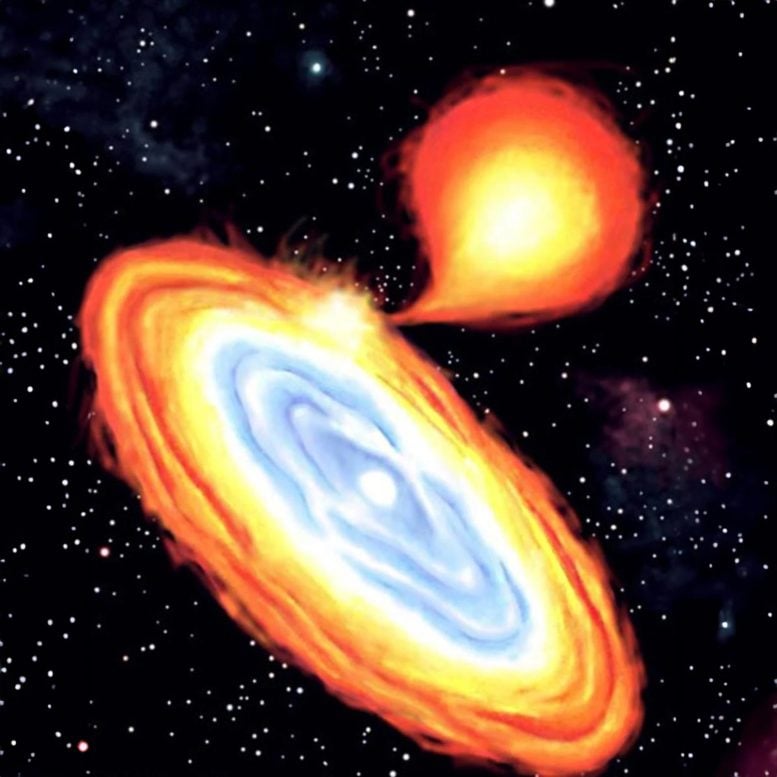
An artist’s rendering of a neutron star. In this image, the star is accumulating matter from another nearby star. MSU professor Hendrik Schatz has a paper published in the recent issue of Nature that describes new findings on how the surface of a neutron star heats. A neutron star is a super dense star that forms when it explodes and collapses into itself. Credit: Tony Piro of the California Institute of Technology
A newly published study details how the surface of a neutron star heats up, identifying previously unknown layers where nuclear reactions within the crust cause rapid neutrino cooling.
Until now, scientists were pretty sure they knew how the surface of a neutron star – a super dense star that forms when a large star explodes and its core collapses – can heat itself up.
However, research by a team of scientists led by a Michigan State University physicist has researchers rethinking that.
Scientists had long thought that nuclear reactions within the crust, the thick, solid, outermost layer of the star, contributed to the heating of the star’s surface.
Writing in the journal Nature, Hendrik Schatz and colleagues report results from theoretical calculations that identify previously unknown layers where nuclear reactions within the crust cause rapid neutrino cooling. Neutrinos are elementary particles created through radioactive decay that pass quickly through matter.
“These cooling layers are pretty shallow beneath the surface,” said Schatz, a professor of physics and astronomy. “If heat from deeper within the star comes up, it hits this layer and never makes it to the surface.”
Schatz said this discovery produces more questions than answers.
“This completely changes the way we think about the question of the star’s hot surface,” he said. “It’s a big puzzle now.”
On the sub-atomic level, the team found that the process is greatly affected by the shape of the reacting nuclei.
“Many nuclei are round, and that suppresses the neutrino cooling,” said Sanjib Gupta, co-author and faculty member at IIT Ropar in India. “In this case, the nuclei are predicted by theorists to be ‘deformed,’ more American football-shaped.”
This study also points to the discovery potential of the Facility for Rare Isotope Beams. FRIB will be a new U.S. Department of Energy Office of Science national user facility built on the MSU campus. It is exactly these types of nuclei that researchers could examine in the facility.
Reference: “Strong neutrino cooling by cycles of electron capture and β− decay in neutron star crusts” by H. Schatz, S. Gupta, P. Möller, M. Beard, E. F. Brown, A. T. Deibel, L. R. Gasques, W. R. Hix, L. Keek, R. Lau, A. W. Steiner and M. Wiescher, 1 December 2013, Nature.
DOI: 10.1038/nature12757
This work was enabled by the Joint Institute for Nuclear Astrophysics. JINA is a National Science Foundation Physics Frontiers Center on Nuclear Astrophysics that promotes collaboration between astrophysicists and nuclear physicists. MSU is one of the core institutions of JINA.
Schatz’s co-authors were Gupta; Peter Möller from Los Alamos National Lab; Mary Beard and Michael Wiescher from the University of Notre Dame; Edward Brown, Alex Deibel, Laurens Keek, and Rita Lau from MSU; Leandro Gasques from the Universidade de Sao Paulo; William Hix from Oak Ridge National Laboratory and the University of Tennessee; and Andrew Steiner from the University of Washington.



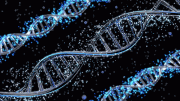

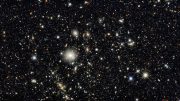
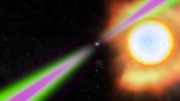
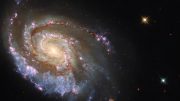
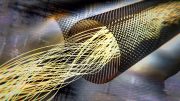
Be the first to comment on "Scientists Rethink How Neutron Stars Heat Up"